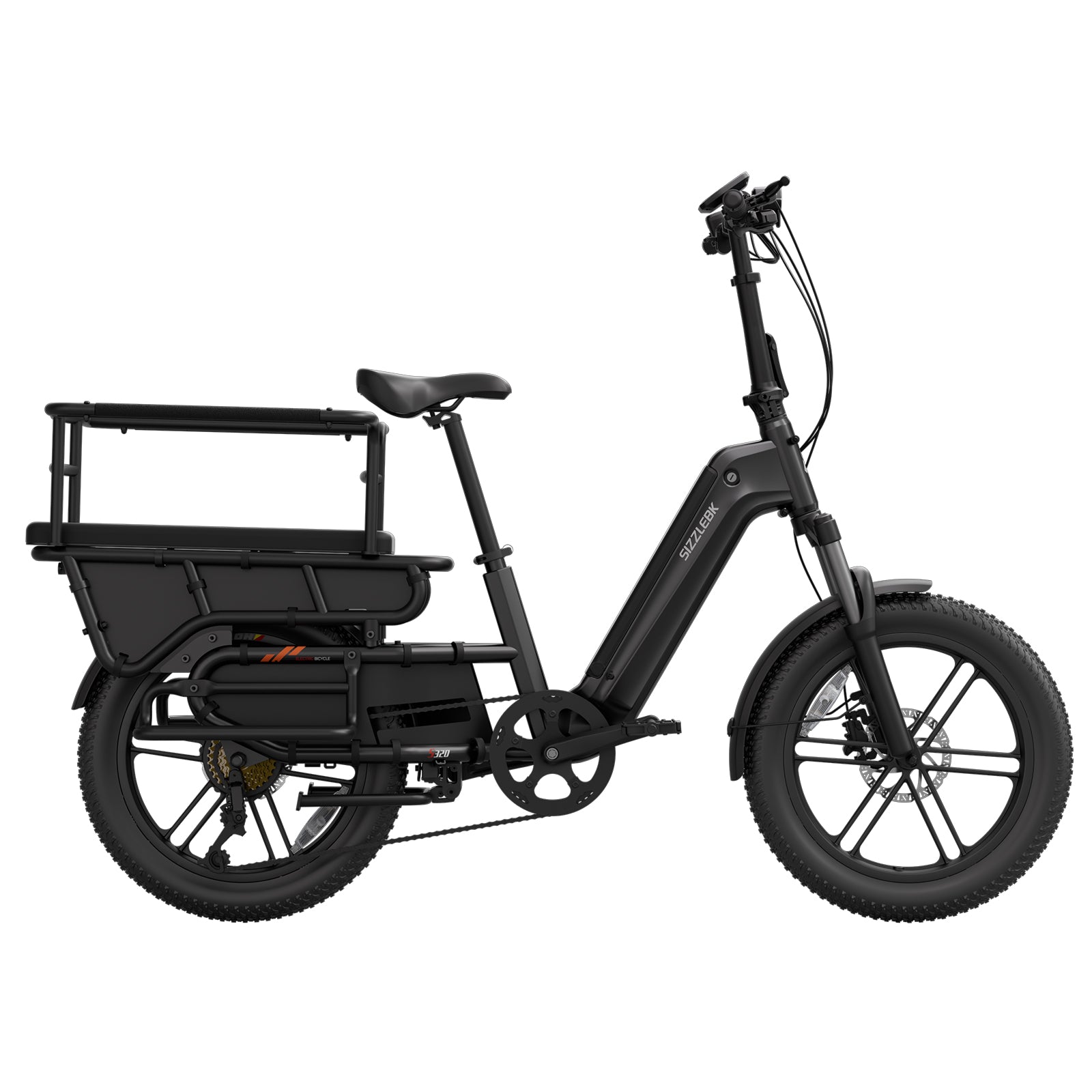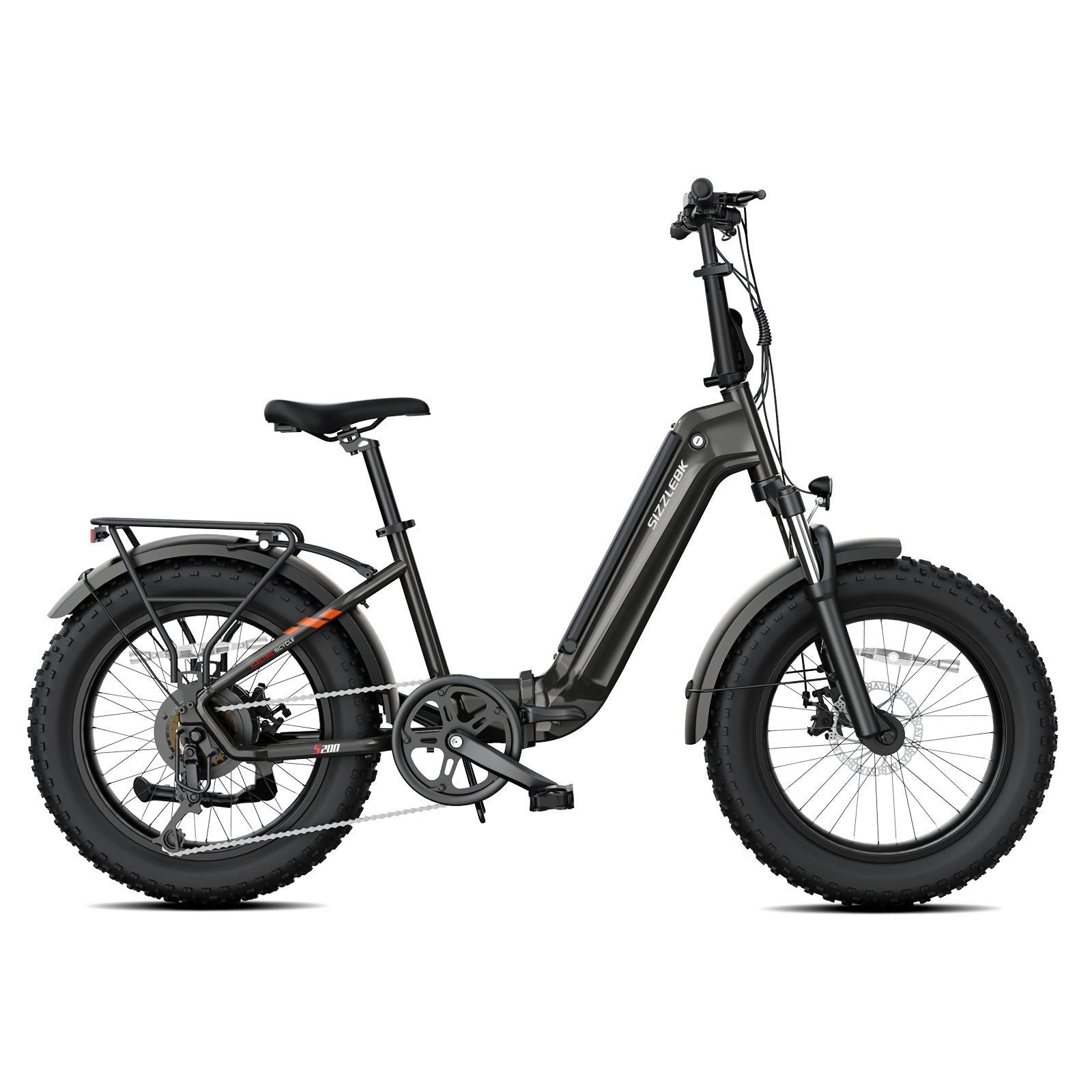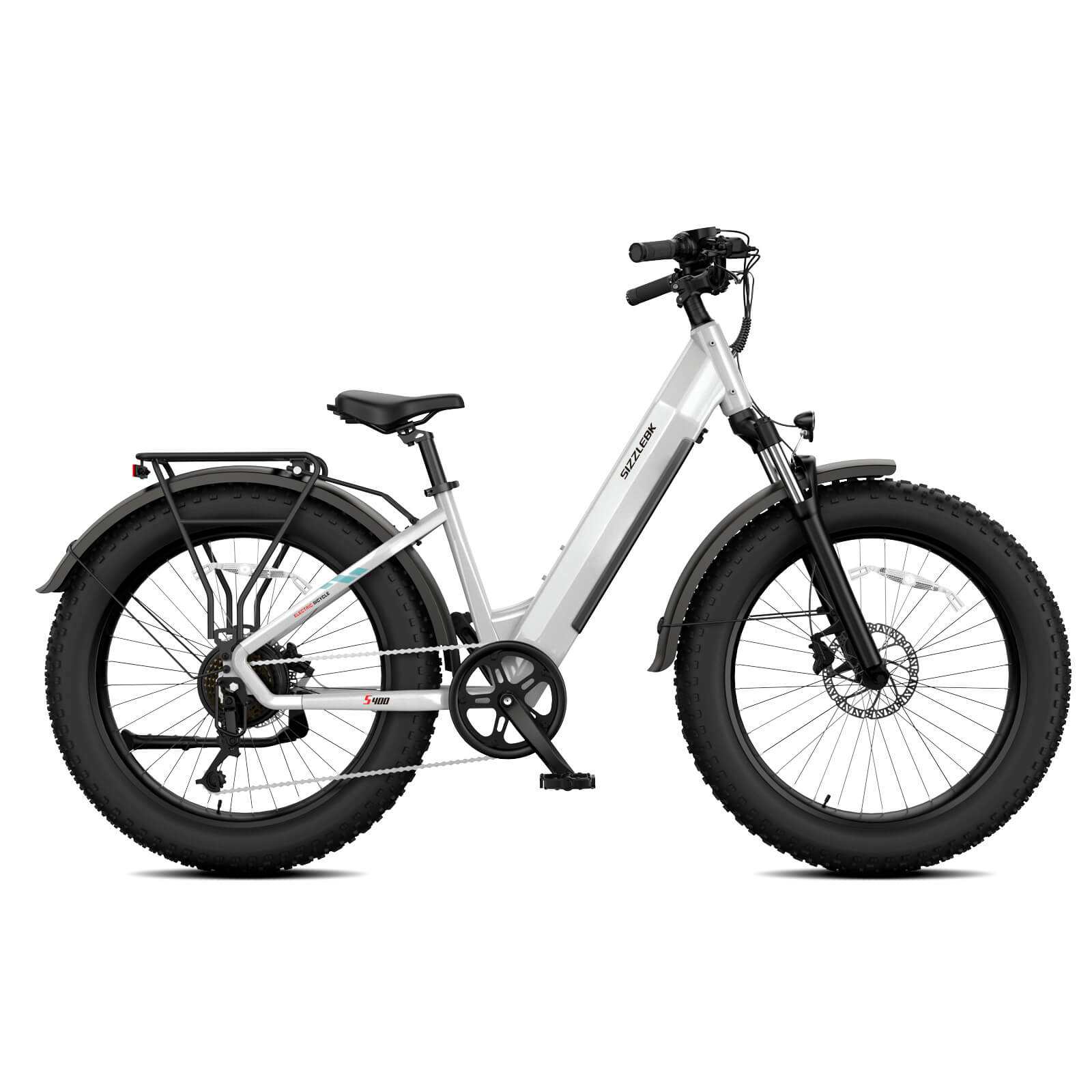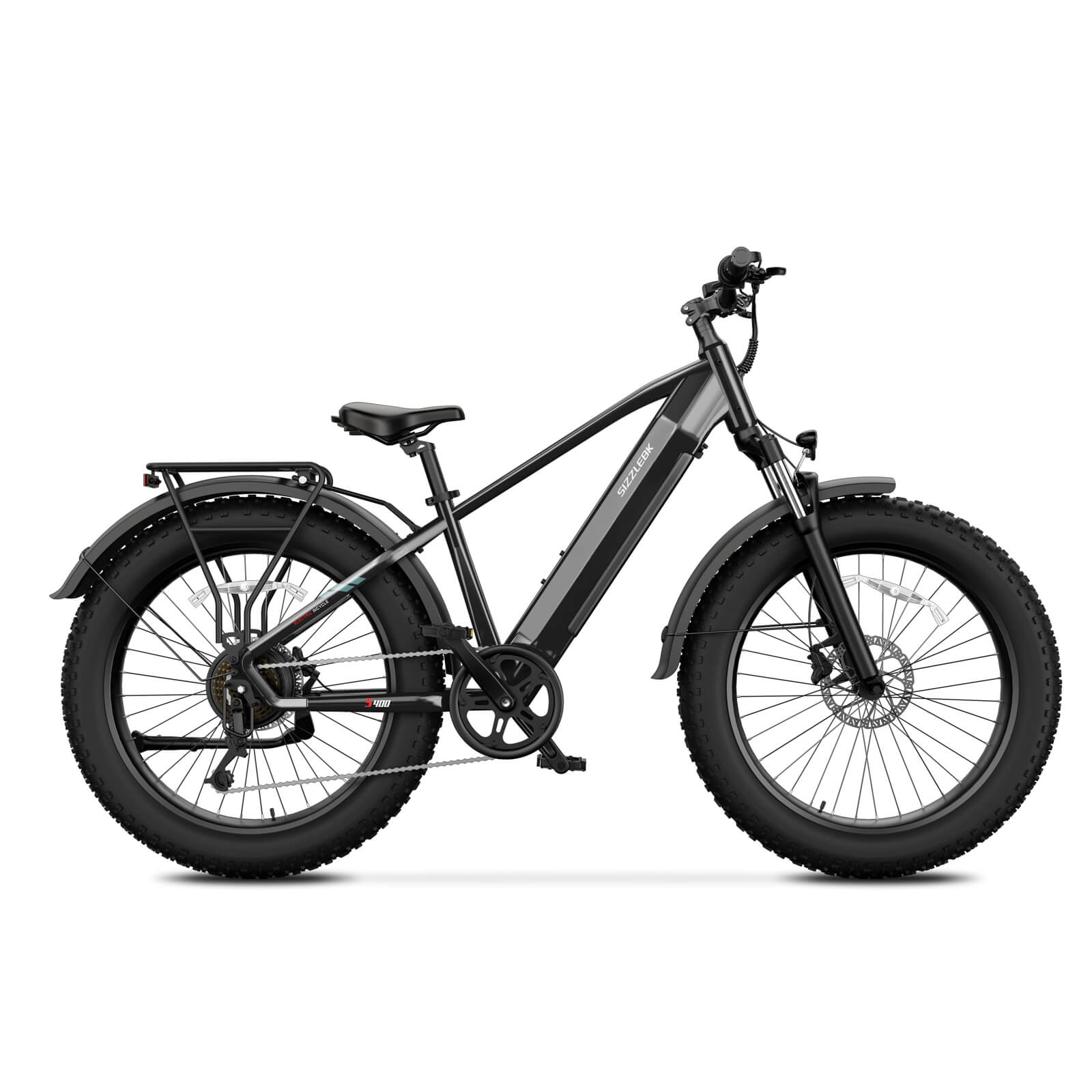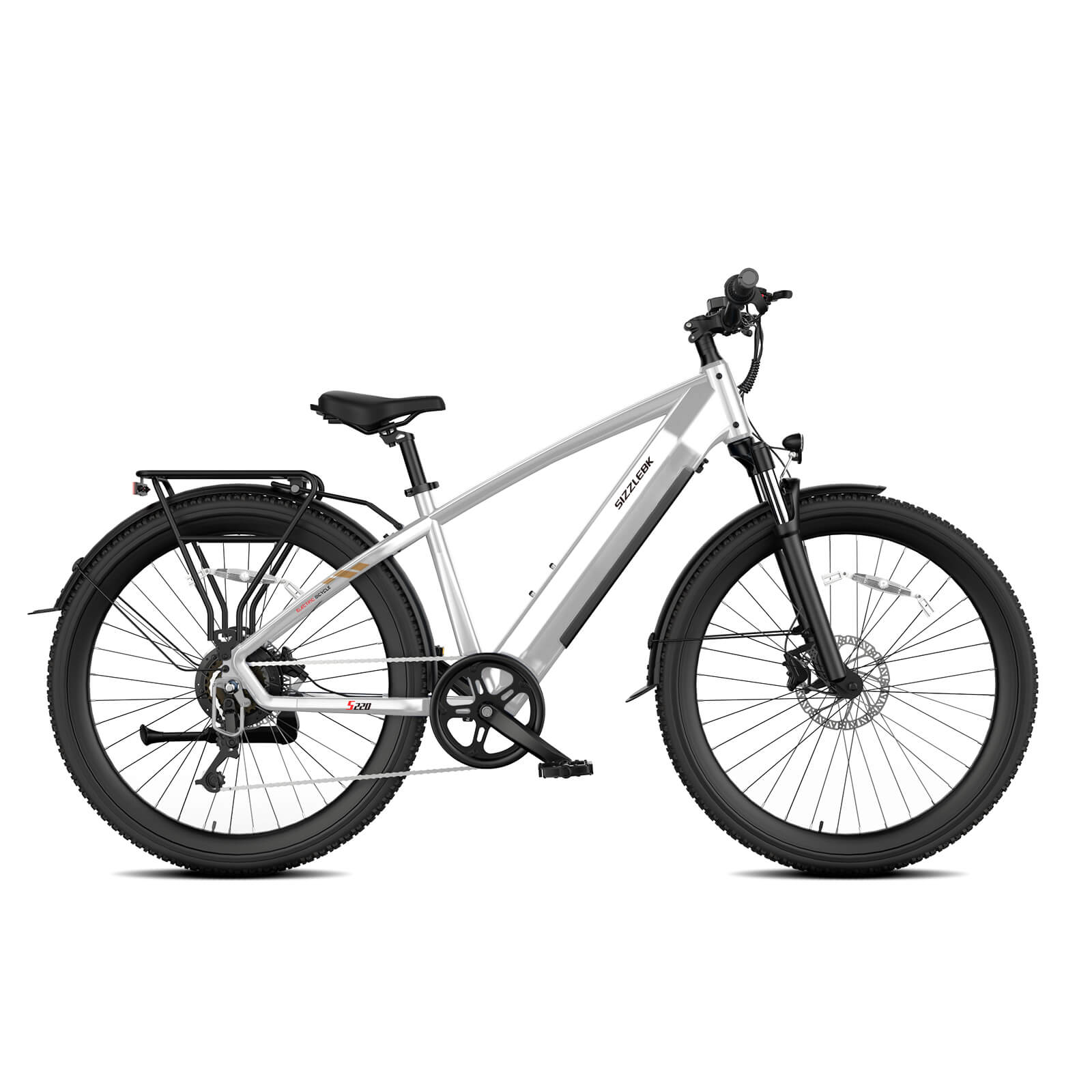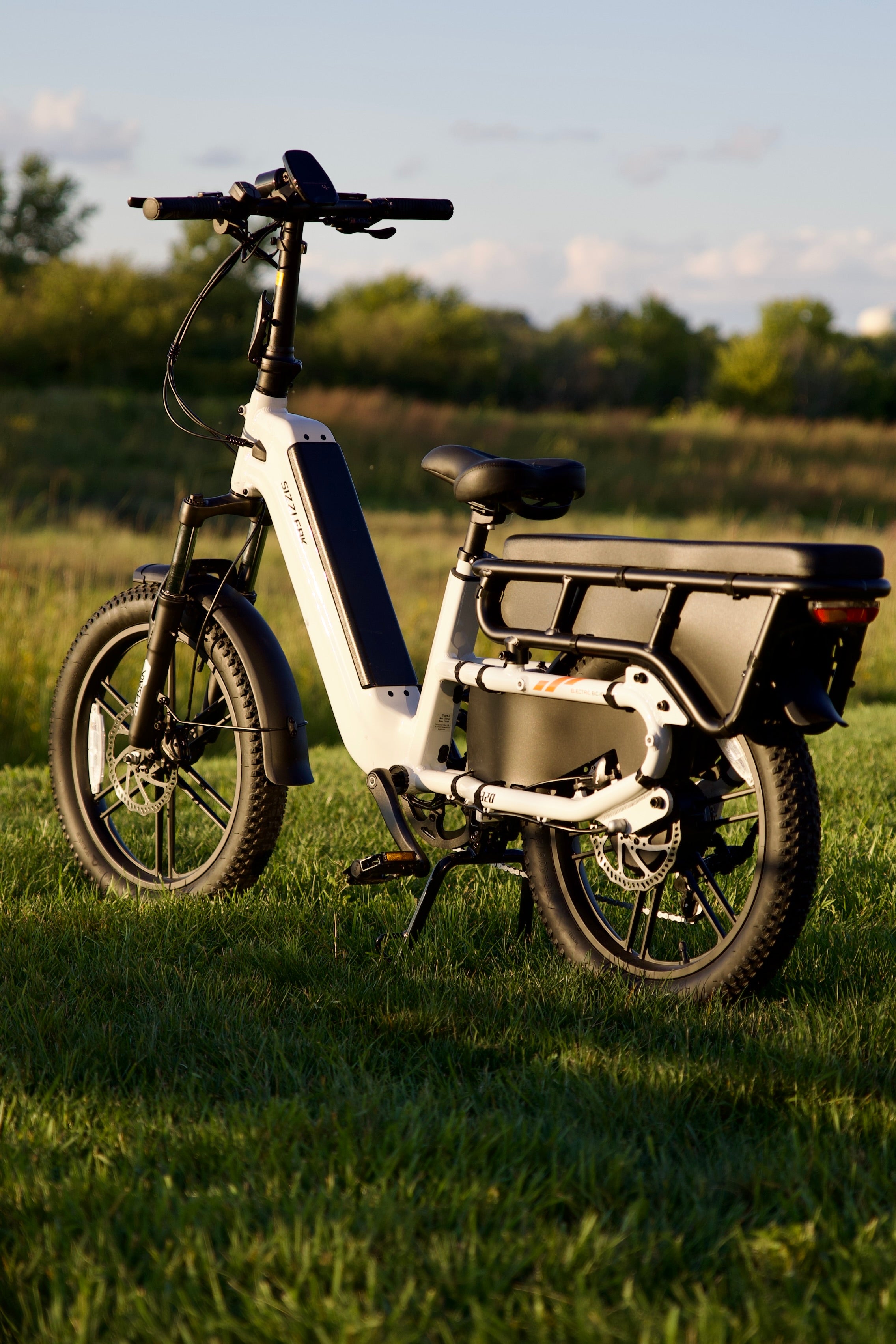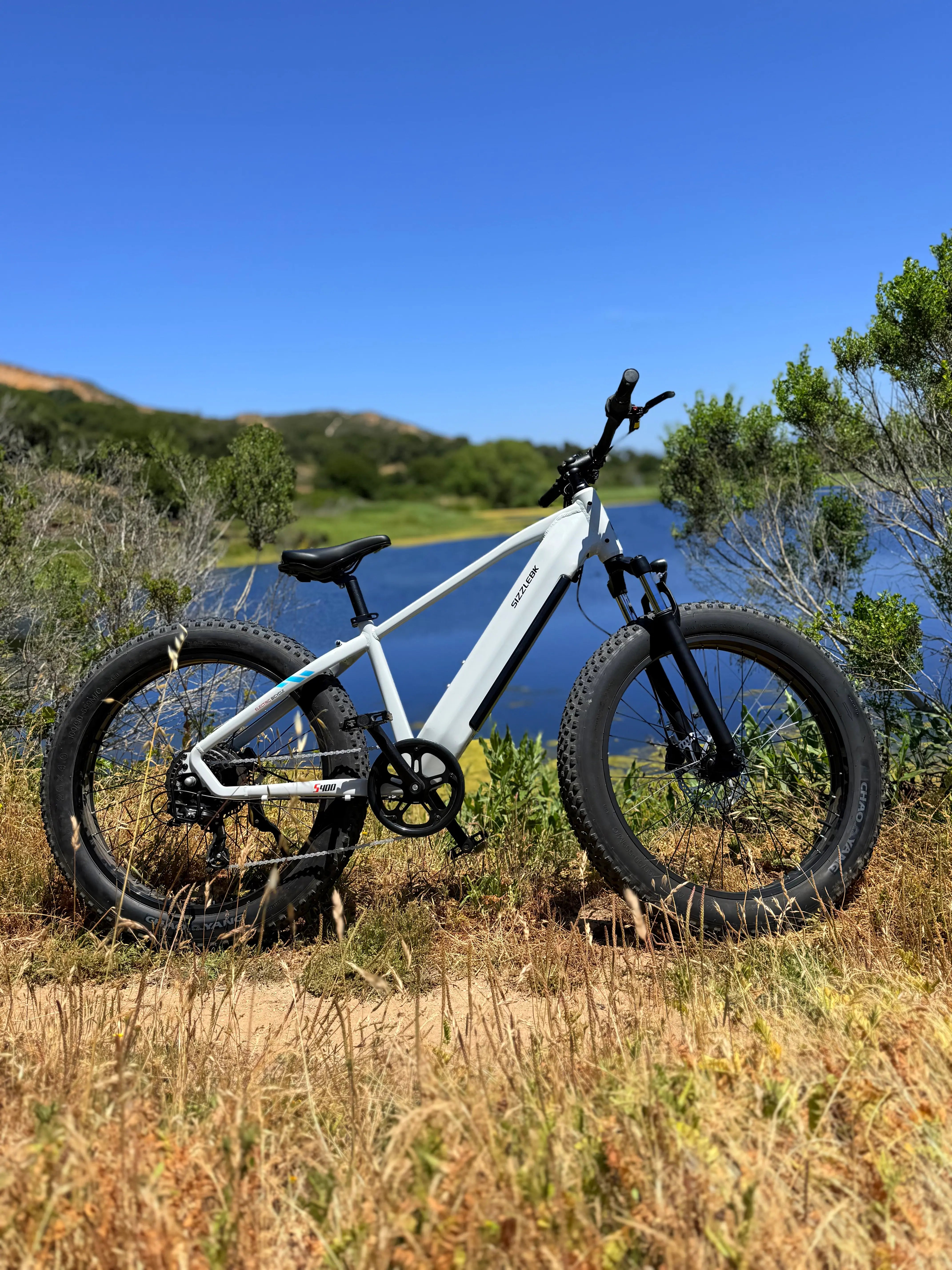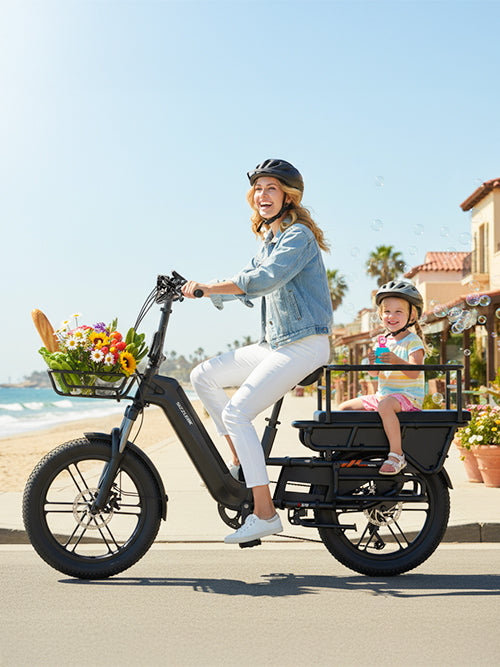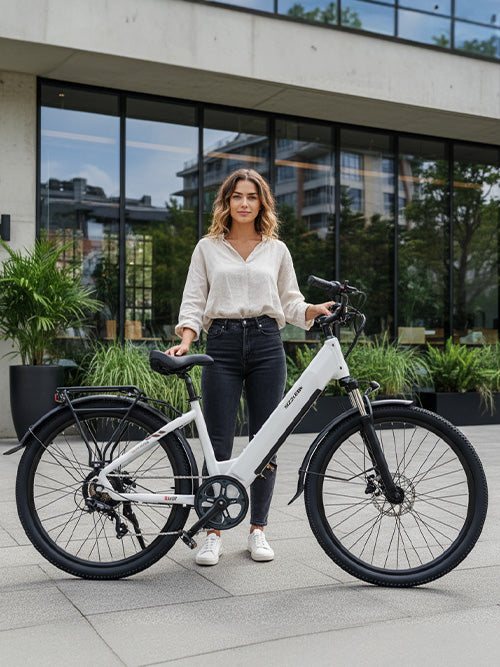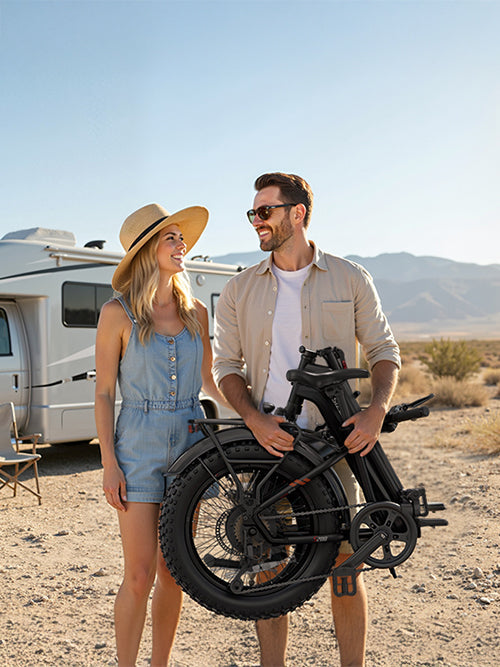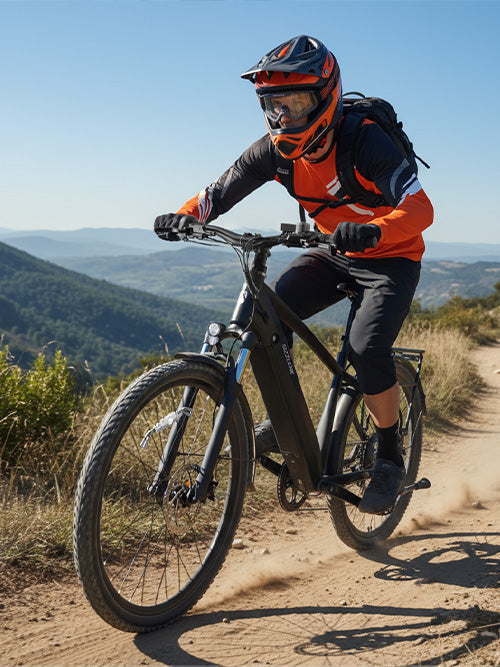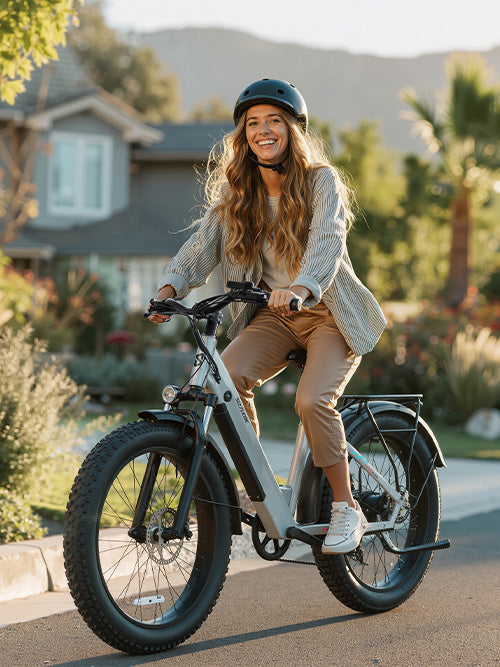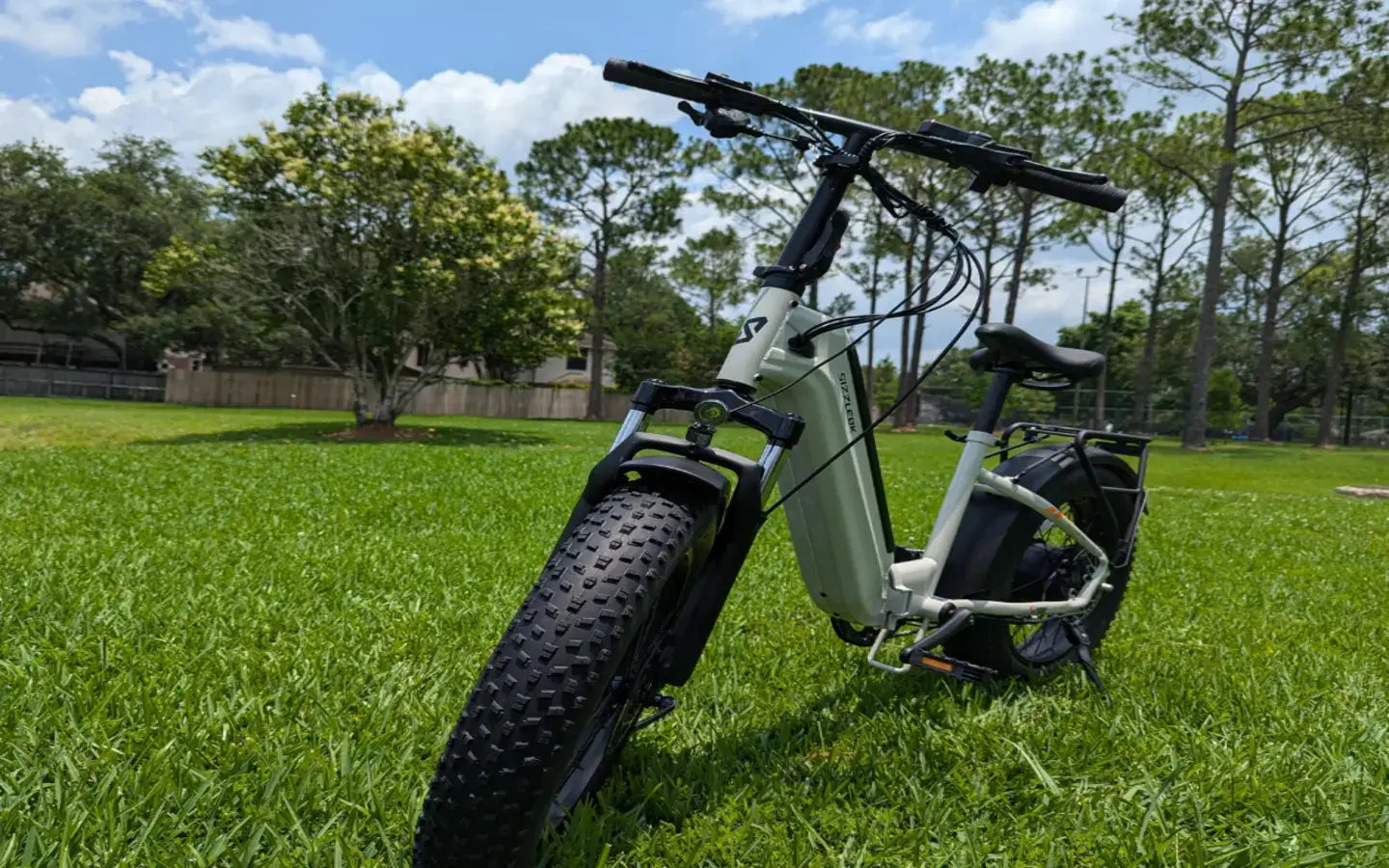Introduction
In today’s urban lifestyle, convenience, sustainability, and efficiency are at the forefront of consumer priorities. With rising fuel costs, traffic congestion, and increasing environmental concerns, the way we do our everyday errands—like grocery shopping—is changing. One innovative, eco-conscious alternative is the electric cargo bike. These versatile bikes offer a practical and green solution to urban mobility challenges.
What Are Electric Cargo Bikes?
Electric cargo bikes are specially designed bicycles equipped with an electric motor to assist pedaling, coupled with extended frames or storage compartments to carry heavy loads. They combine the strength of human power with electric efficiency, making them perfect for tasks like grocery shopping, child transport, or small business deliveries.
The Evolution of Cargo Bikes
-
Historical Context: Cargo bikes originated in the early 20th century for urban deliveries.
-
Electric Integration: Modern iterations include powerful electric motors, transforming them into practical vehicles for everyday users.
-
Wider Adoption: Technological innovation and shifting urban policies have made them accessible to families, commuters, and business owners alike.
Key Design Innovations
-
Long-tail & Front-loading Designs: Suitable for varying cargo needs.
-
Accessories: Rain covers, insulated bags, child seats, and more.
-
Ergonomic Features: Adjustable handlebars, step-through frames, and sturdy kickstands.
Why Use Electric Cargo Bikes for Grocery Shopping?
1. Eco-Friendly and Emission-Free
Electric cargo bikes produce zero tailpipe emissions, making them ideal for reducing your carbon footprint and supporting cleaner urban air.
2. Cost Savings
-
No fuel required
-
Lower maintenance than cars
-
No parking fees
3. Health and Wellness Benefits
Cycling contributes to:
-
Cardiovascular fitness
-
Reduced stress
-
Increased stamina and muscle tone
4. Practical and Versatile
-
Ample space for large grocery hauls
-
Easy to park near stores
-
Adaptable for errands, school runs, or family outings
5. Efficient Urban Transport
-
Navigate through traffic with ease
-
No need to circle for parking
-
Shorter overall trip times
Choosing the Right Electric Cargo Bike
Load Capacity
-
Most carry 200–400 lbs, including rider
-
Choose based on grocery volume and possible passengers
Battery Range
-
Typical range: 20–60 miles per charge
-
Consider your average trip length and frequency
Frame Type and Size
-
Step-through frames for easy loading
-
Choose frame size based on height and comfort
Additional Features
-
Built-in lights, GPS tracking, waterproof accessories
-
Child safety seats, foldable designs, and modular cargo options
Real-World Applications
✅ Grocery Runs
Load a week’s worth of food and park right at the store entrance.
✅ Family Outings
Take your kids or pets for a ride to the park with built-in safety gear.
✅ Small Business Deliveries
Ideal for cafes, florists, or local shops needing last-mile logistics.
Addressing Common Concerns
Weather Protection
Rain covers, waterproof gear, and all-season tires make biking in any weather manageable.
Initial Cost
Although more expensive upfront than regular bikes, electric cargo bikes save money long term. Plus, many cities offer subsidies or incentives.
Storage Solutions
Compact and foldable options exist for smaller homes or garages. Some public storage options are also available.
Conclusion: The Future of Sustainable Grocery Shopping
Electric cargo bikes are more than just a trend—they represent a shift toward smarter, greener, and more enjoyable urban living. With benefits spanning personal health, cost savings, and environmental impact, they offer a practical way to enhance your daily routine.
Frequently Asked Questions (FAQs)
1. How far can an electric cargo bike travel on a single charge?
Most electric cargo bikes offer a range of 20–60 miles, depending on battery size, load weight, terrain, and pedal assistance usage.
2. Can I use an electric cargo bike in the rain?
Yes. Many models are designed for all-weather use, with waterproof electronics and optional rain covers to keep your cargo and passengers dry.
3. Is a license required to ride an electric cargo bike?
In most U.S. states, no license is required if the bike meets Class 1 or 2 eBike standards (up to 20 MPH with motor assistance). Always check your local regulations.
4. How much weight can an electric cargo bike carry?
Depending on the model, electric cargo bikes can typically handle between 200 to 400 pounds, including rider and cargo. Some heavy-duty models may support even more.
5. Are there government incentives for buying electric cargo bikes?
Yes. Several states and cities in the U.S. offer rebates or subsidies to encourage adoption of electric bikes, especially cargo models. Check local programs for eligibility.
